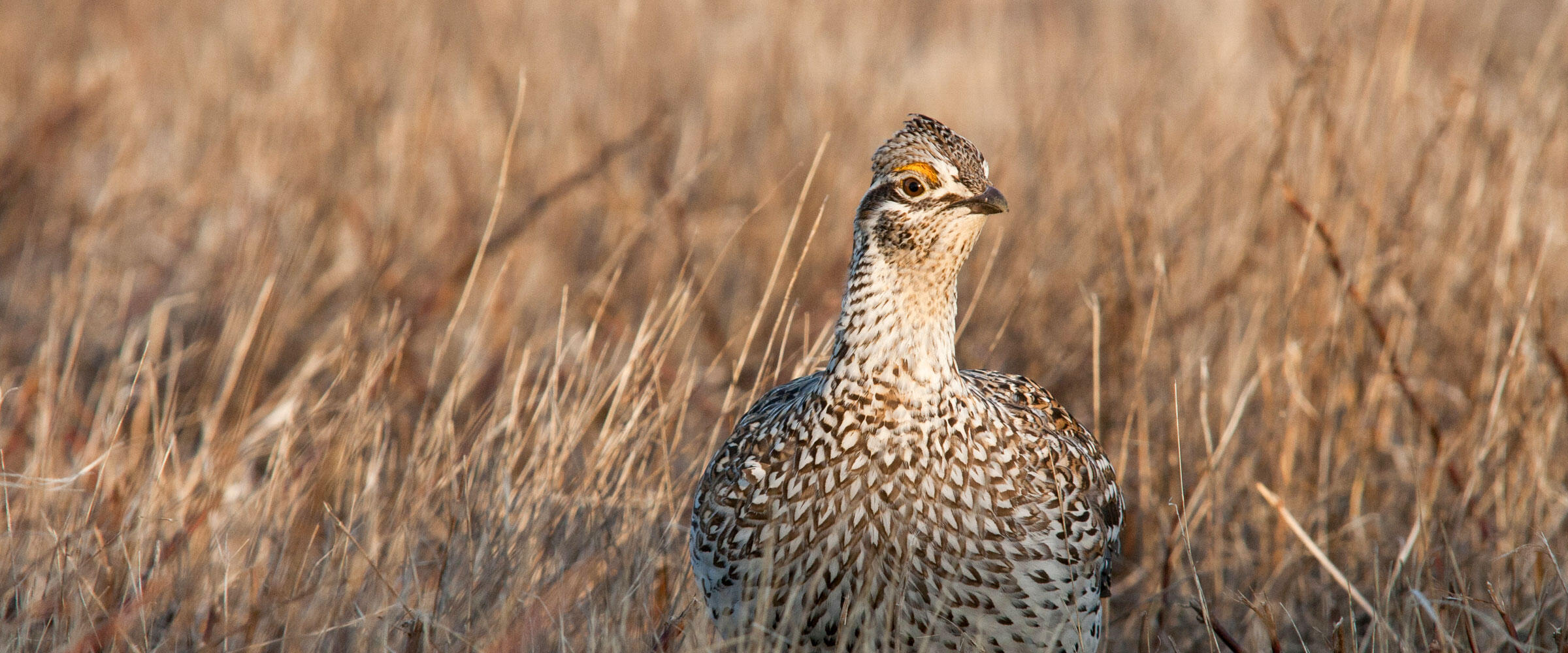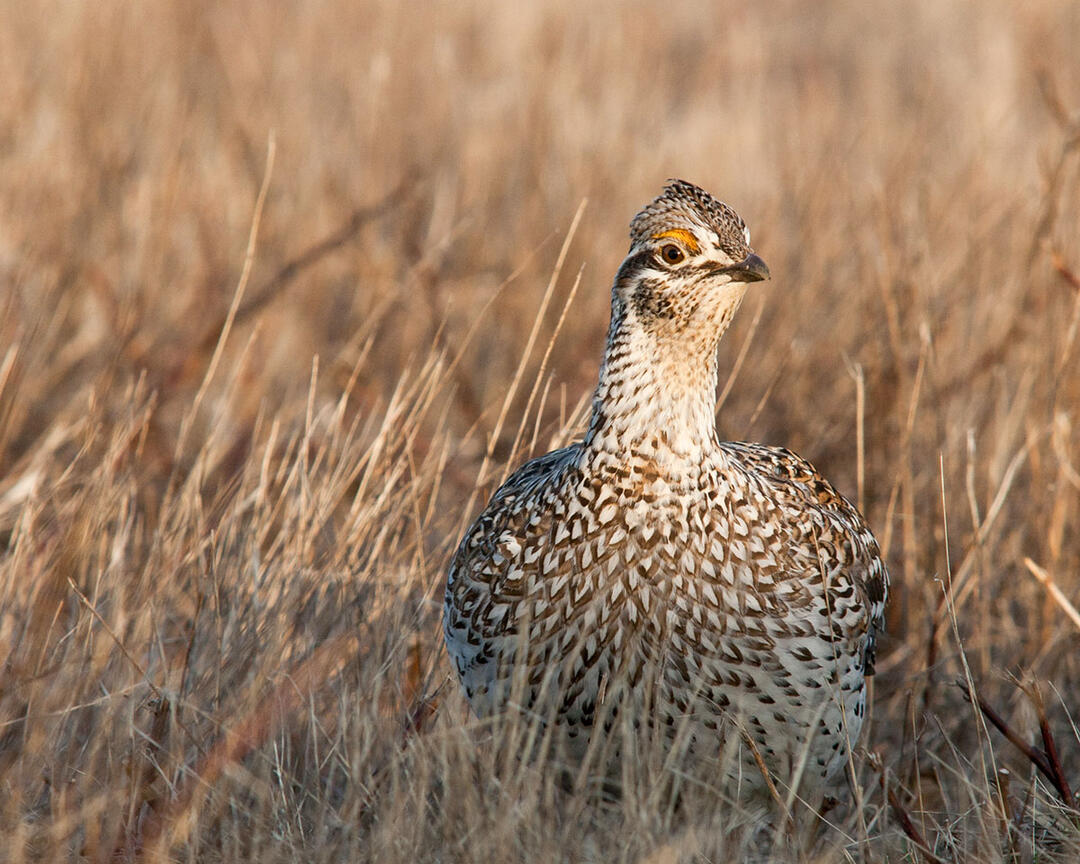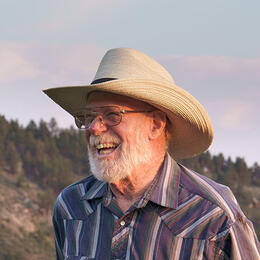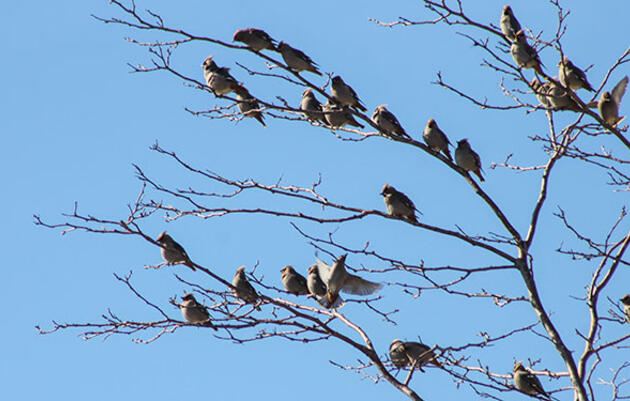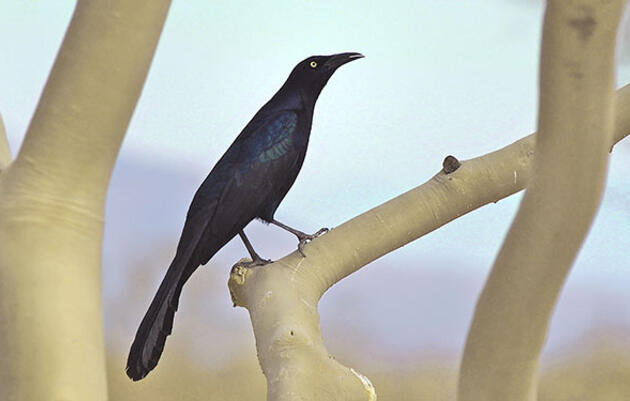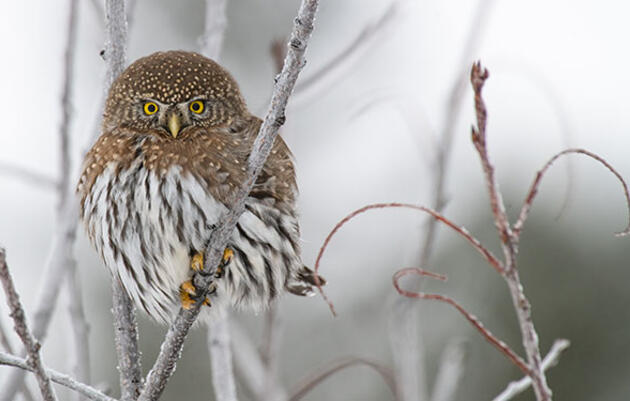January 2, 1949, was the second day of the Blizzard of ’49, one of the worst winters Wyoming has ever had. It was also the day of Casper’s first Christmas Bird Count. To have 18 people out looking for birds on that day seems pretty amazing. The birds they found are pretty representative of what was found in the first decade, so they had a pretty good day despite the weather. The number of House Sparrows and European Starlings look incredibly few compared to today’s totals. In the last few years, there have been more House Sparrows and more starlings seen than the total birds seen in the first counts.
Christmas Bird Count 1949 Results:
Mallard 60, Green-winged Teal 1, Common Goldeneye 10, Common Merganser 3, Ring-necked Pheasant 5, Sage Hen (now called Greater Sage-Grouse) 6, Blue Grouse (now called Dusky) Grouse) 11, Pied-billed Grebe 1, Golden Eagle 1, Northern Harrier 1, Rough-legged Hawk 3, Common Snipe 2, Great-horned Owl 6, Belted Kingfisher 3, Downy Woodpecker 4, Hairy Woodpecker 1, Yellow-shafted Flicker 2, Red-shafted Flicker 15, Prairie Falcon 1, Northern Shrike 1, Black-billed Magpie 381, Horned Lark 146, Black-capped Chickadee 47, Dipper 1, Townsend’s Solitaire 2, American Robin 15, European Starling 137, Snow Bunting 1, Tree Sparrow 125, Slate-colored Junco 8, Pink-sided Junco 1, Harris’s Sparrow 3, Song Sparrow 15, Common Grackle 3, Gray-crowned Rosy-Finch 236, House Finch 2, Pine Siskin 7, House Sparrow 833. Total individual Birds 2,100, Reported Species 38.
Surveyors: 18. Total species by today’s taxonomy: 36.
Waterfowl
Waterfowl have increased mightily. Also, we now have many more species than in that first decade. Canada Geese were not even found in the first decade, but last year we had 3,154. Dabbling ducks were found occasionally in the first decade, but not regularly like they are now. For instance, the American Widgeon found in the second count was the only one seen in the first decade. The 11 Gadwalls found in 1951 were the only ones found in the first decade. Other than Common Goldeneyes and Common Mergansers, the diving ducks were not found in the first decade except for two Lesser Scaup seen in 1950. Part of the explanation is that with the completion of Gray Reef Reservoir the river has more water in it. When I was a youngster, my brother Charlie walked across the river in his overshoes in the winter. In those days, there just wasn’t enough water for the diving ducks.
Grouse and Pheasants
In the early years, Greater Sage-Grouse and Ring-necked Pheasants were found regularly, and we had 62 sage-grouse in 1952. I can remember finding sage-grouse on the east side of Casper Mountain Road above the golf course. To find sage-grouse we now have to get lucky on Coal Mountain, with the only sage-grouse since 1973 found in 2006. In 1951, nine Sharp-tailed Grouse were found on the CY meadows on Garden Creek. That area is now houses. Gray Partridge were not found in the first decade and only occasionally after that. Wild Turkeys were not seen in Casper until 1988. Now, they can be found throughout the circle.
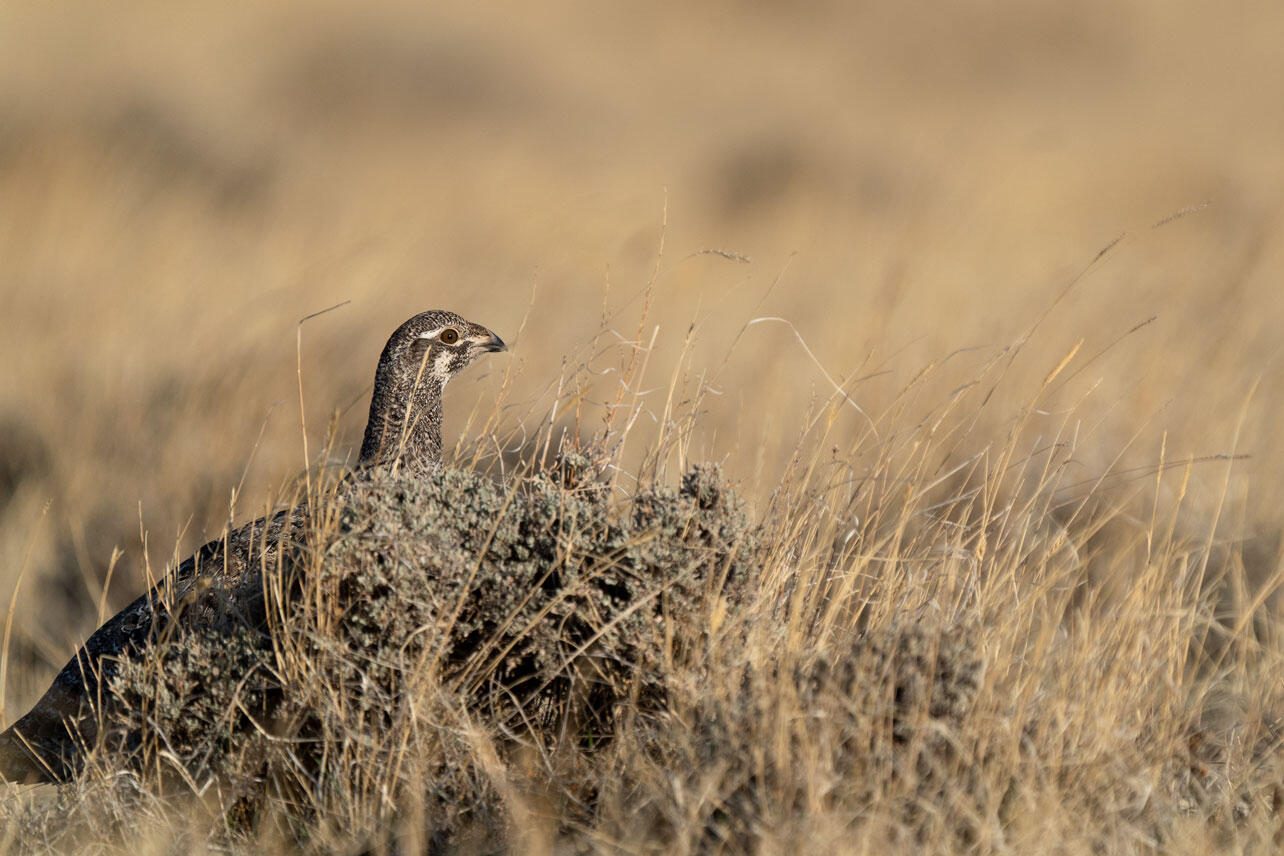
Raptors
The number of hawks and eagles has increased from the first decade. The biggest change is in the Bald Eagles. They were seen only five times in the first 10 years, with a high of two seen in two years. All the hawks have increased over the years. The accipiters are now much more common. An accipiter was found in only four of the first 10 years, and one was the high count for any of the three species. In 2021, we had five Sharp-Shinned Hawks and two Cooper’s Hawks which is typical of current years. Red-tailed Hawks have really increased. In the first 10 years, they were only seen half the time and the high count was two. We had nine in 2021. There are more Rough-legged Hawks now than there were in the first years, but we still have years where it is hard to find a Rough-legged. It depends on the mouse population.
For the owls, there isn’t much of a change. The Great Horned Owl was seen each of the first 10 years and has been found each of the last 10 years. The rest of the owls are seen occasionally, but not consistently. The exception is the Eastern Screech-Owl which was first found in 2006 and has been found almost a third of the time since that first year.
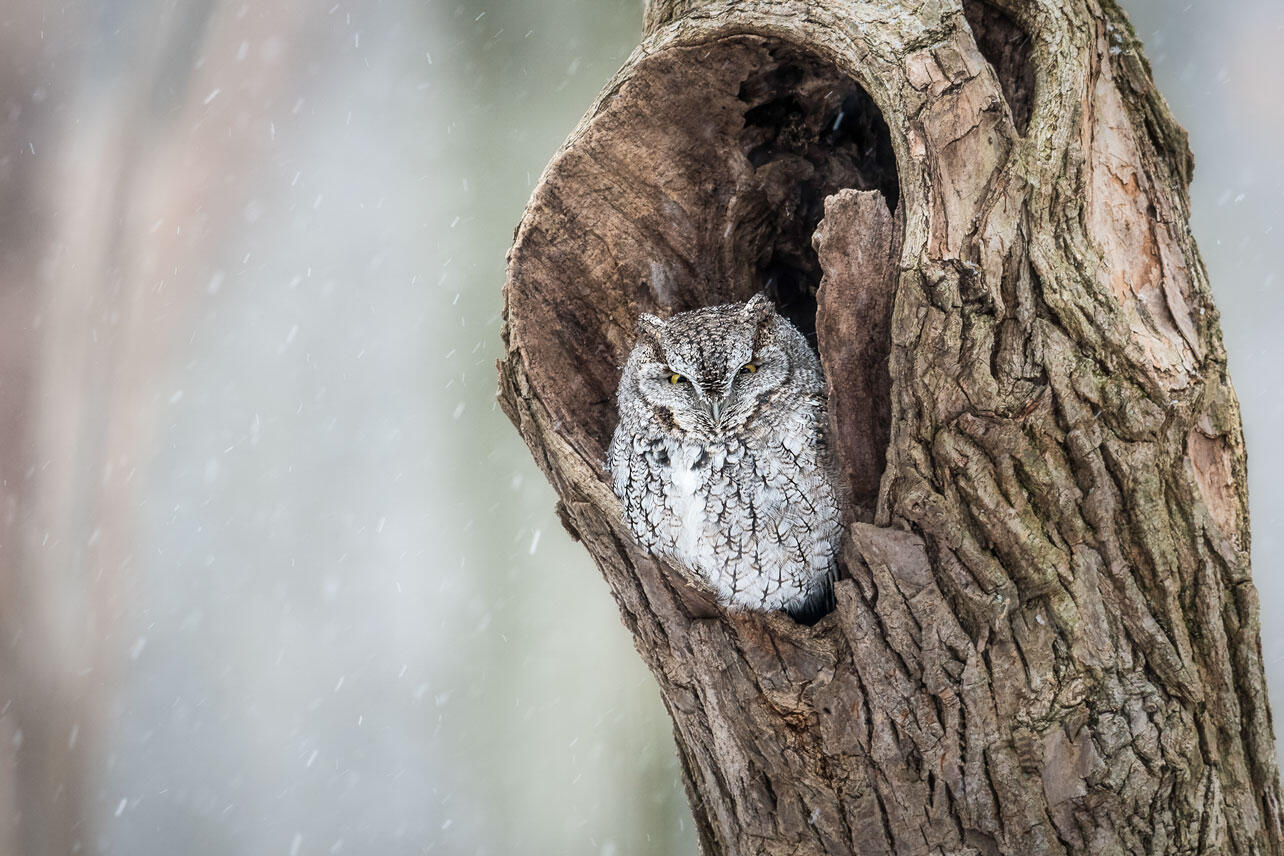
The Prairie Falcon was the only falcon seen in the first 10 years, and it was seen in seven of those years. That is pretty close to what we see now. The big change is the two small falcons. Now we see Merlins regularly, and American Kestrels fairly often.
Shorebirds, Gulls, Pigeons, and Doves
Killdeer were seen twice in the first 10 years, which is similar to what we see now. Snipe were more consistent in the early years, and the numbers in the 50s and 60s were higher than what we can find now. Ring-billed Gulls were found twice in the first 10 years which is not much different from now.
One big change is the Rock Pigeon. My father considered this bird to be domesticated and didn’t count them until 1981. They were here, we just don’t know how many. The Eurasian Collared-Dove didn’t show up on our count until 59 were seen in 2005.
Corvids
The corvids are interesting. The Canada Jay has been seen eight times, with the last sighting in 1965. The Canada Jay is common in most of the mountain ranges of Wyoming, but not in the northern part of the Laramie Range. I really have questions about the correctness of those sightings. It seems strange that the sightings stop when Bart Rea and I took over the Mountain Party. It was our sixth count before Steller’s and Pinyon jays were found, but they have been found pretty consistently since. Black-billed Magpies have been seen every year, but there were a few more seen in the early years. The Clark’s Nutcracker was missed in the Blizzard of ’49 but has been seen every year since. Crows were seen half the time in the first 10 years, but are much more common now. Ravens are interesting in that the first was seen in 1952, and not seen again until 1991. They have been seen every year since 2003 and are now petty common.
Larks, Chickadees, Nuthatches, Dippers, Thrushes, and Waxwings
Horned Larks were seen in nine out of the first 10 years, and that is pretty consistent over the 74 years. The Black-capped Chickadee has been seen every year, and the Mountain Chickadee was only missed the first year. It is impressive that 11 Blue Grouse (now Dusky Grouse) were seen that first year, but the chickadees were missed. The nuthatches were missed about half the time in the first 10 years. Now they are much more common except for the Pygmy Nuthatch, which is still missed some of the time. Before 1984, the American Dipper was found fairly often, but since then it has only been found a few times.
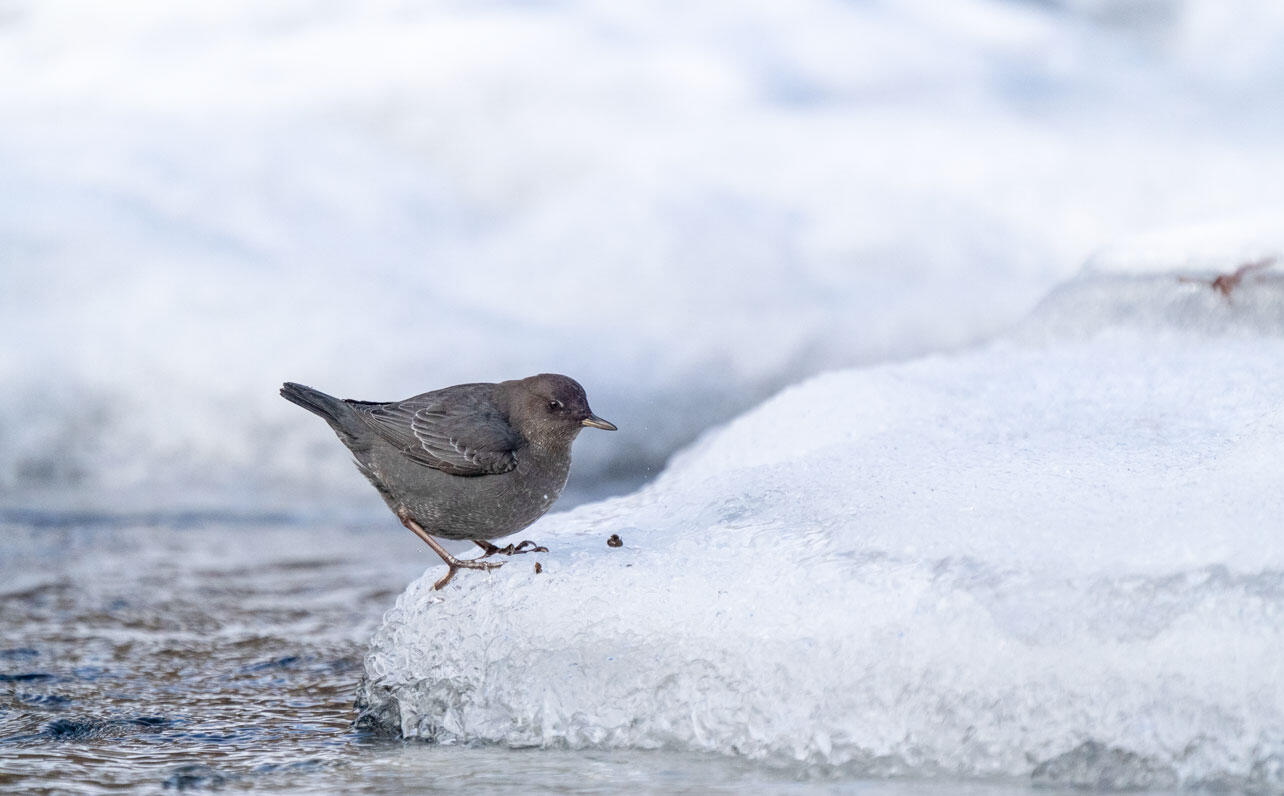
Both the Townsend’s Solitaire and American Robin were missed twice in the first 10 years but seen every year since. More are seen now than in the first few years. Bohemian Waxwings were missed the first few years, then seen pretty regularly until 2014. Cedar Waxwings were not seen very often in the early years, but are now seen much more often than Bohemian Waxwings.
Sparrows, Blackbirds, and Finches
The American Tree Sparrow has been seen every year. In the early years, we had more on average, but the numbers have gone up and down depending on the year. The Dark-eyed Junco has been seen every year, but there are a lot more seen now. The Harris’s Sparrow was missed twice in the first 10 years, which is similar to current times, but the average number of birds was higher than now. The Song Sparrow has been missed only five times in the first 74 years, but a few more were usually seen in the early years.
The Western Meadowlark was found four times in the first decade, and we still see them on occasion. The starlings have been seen every year, but the numbers seen have greatly increased.
The Gray-crowned Rosy-Finch was seen every year until 1991, and we now miss them quite often. We used to frequently have the most seen on our count for the whole country. Only two House Finches were seen in the first count and they were only seen three times in the first decade. As bird feeders became more common, so did House Finches. They have been seen every year since 1957. Common Redpolls and Pine Siskins are irruptive species that are seen some years but not others, but the American Goldfinch was first seen in 1957. We have seen them every year since 1987.
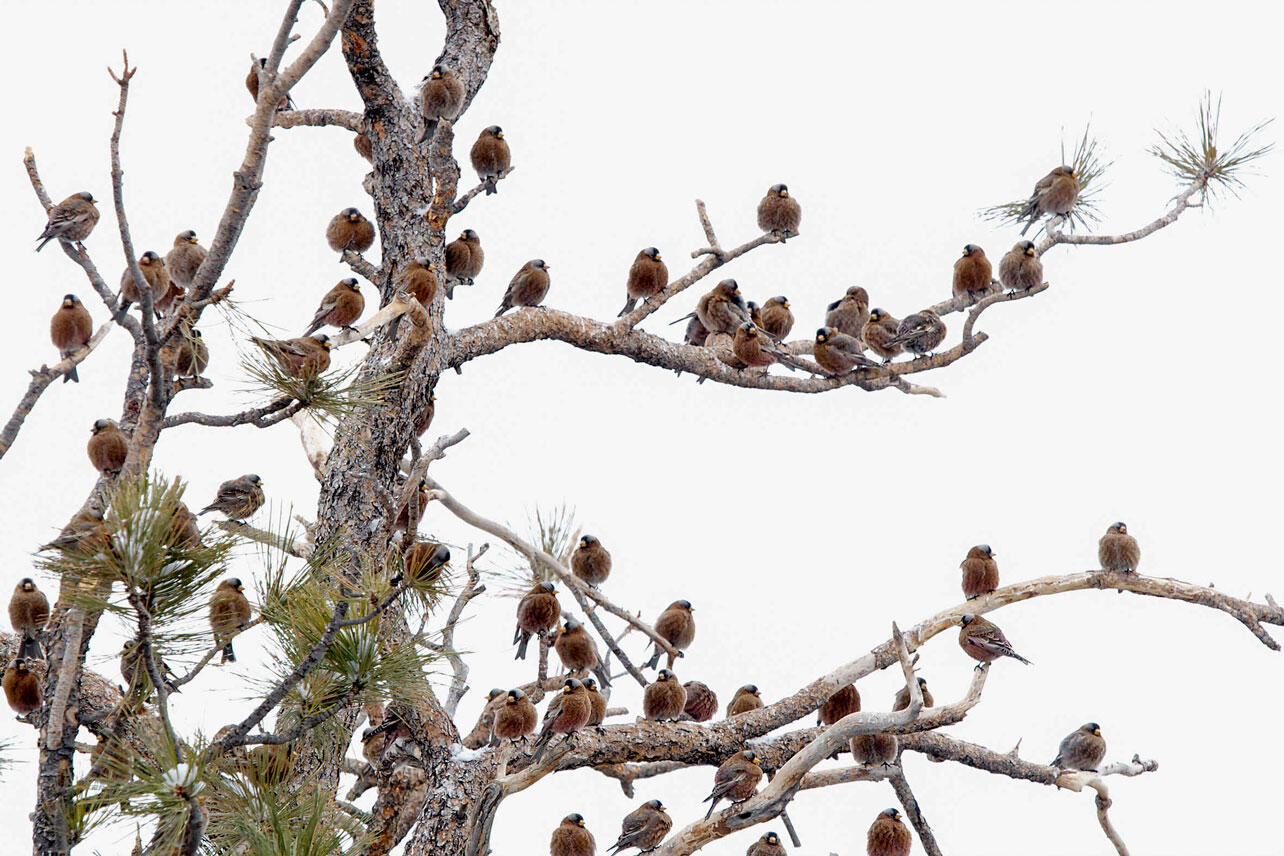
The Evening Grosbeak was seen only half the time in the first decade but has been seen most years recently. The big difference is that we only see them on or near the mountain now, whereas we used to see them at feeders in town.
There were 833 House Sparrows seen in the first year. 3,329 were seen in 2021 which is representative of what we see now.

